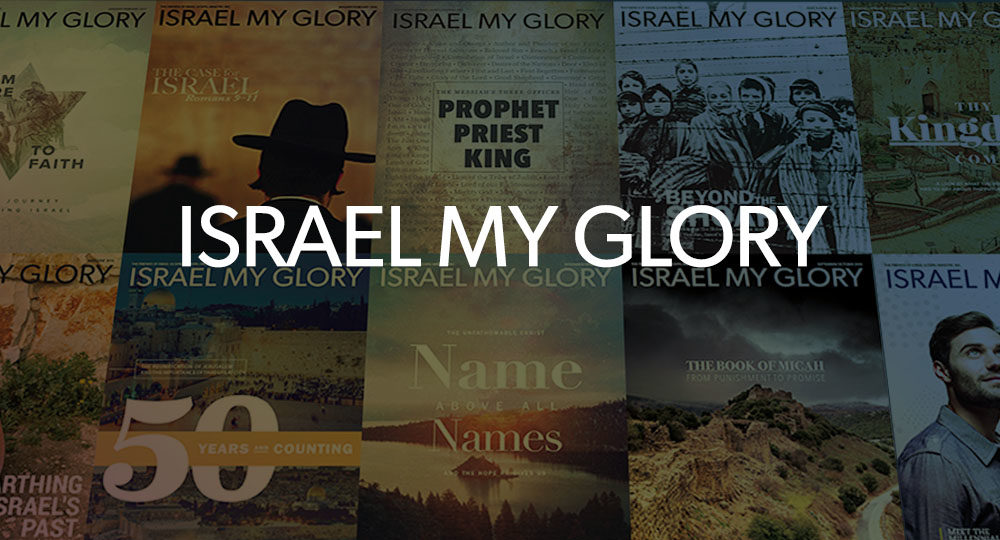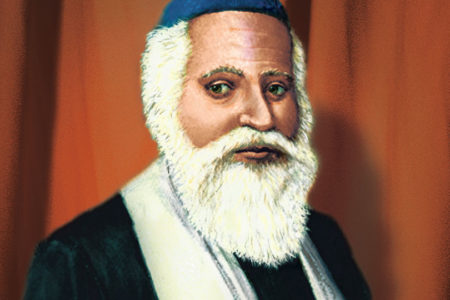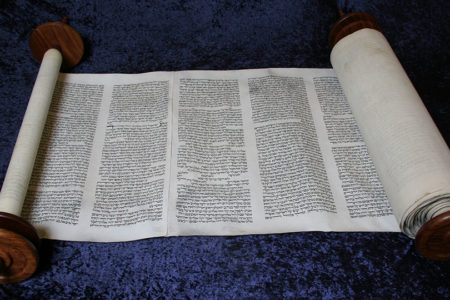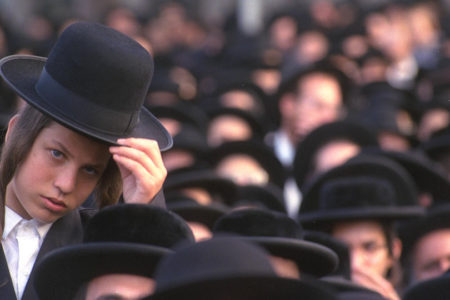Definitions
The Mishna and Gemarah
Rabbis teach that God gave Moses not only the written Law of the Torah but also an oral law that was passed down verbally from Moses and began to be recorded in Hebrew around A.D. 200. This vast body of oral traditions, legal interpretations, and law is called the Mishna, from the Hebrew word shanah, which means “to repeat” or “repetition.” According to Jewish tradition, Judah haNasi codified the Mishna.
Gemarah means “completion.” The Gemarah consists of rabbinic commentaries and discussions on the Mishna. It was written over a 300-year period and finished in A.D. 500.
Together, the Mishna and Gemarah form the voluminous library of Jewish thought known as the Talmud, which many Jewish people consider equal to the Holy Scriptures.
Unfortunately, Scripture does not confirm that Moses received any oral laws. Rather, it frequently asserts that “all the words” of the Law were recorded. Moses told the children of Israel to “carefully observe all the words of this law that are written in this book” (Dt. 28:58).
So it was, when Moses had completed writing the words of this law in a book, when they were finished, that Moses commanded the Levites, who bore the ark of the covenant of the Lᴏʀᴅ, saying: “Take this Book of the Law, and put it beside the ark of the covenant of the Lᴏʀᴅ your God” (31:24–26).
Many contemporary scholars believe that the concept of the Oral Law originated around 400 B.C., after the Israelites returned from the Babylonian Captivity. Ezra read the Law to them and interpreted it: “And Ezra blessed the Lᴏʀᴅ, the great God. So they read distinctly from the book, in the Law of God; and they gave the sense, and helped them to understand the reading” (Neh. 8:6, 8). Later generations, however, began to study Ezra’s interpretations and revere them over the Scriptures.
Torah
Generally, Torah refers to the Five Books of Moses, also called the Pentateuch: Genesis (Hebrew, Bereshit, meaning, “In the beginning”), Exodus (Shemot, “Names”), Leviticus (Vayikra, “And he called”), Numbers (Bamidbar, “In the wilderness”), and Deuteronomy (Devarim, “Words”). The Hebrew Bible titles these books with the first significant word in the first verse.
However, the term Torah, meaning “teaching” or “instruction,” can also refer to all the laws on a certain subject, the Bible as a whole, the oral and written laws, and, as the Encyclopedia Judaica states, “the whole corpus of Jewish traditional law from the Bible to the latest development.”
The Jewish Canon: From Genesis to Chronicles
The Jewish canon (Tanach) is not arranged in the same order as our Old Testament. Divided into three sections (Law [Torah], Prophets [Neviyim], and Writings [Kituvim]), it begins with Genesis and concludes with 2 Chronicles.
This order explains Jesus’ comment to the sinful religious leaders in Matthew 23:34–35:
Therefore, indeed, I send you prophets, wise men, and scribes: some of them you will kill and crucify, and some of them you will scourge in your synagogues and persecute from city to city, that on you may come all the righteous blood shed on the earth, from the blood of righteous Abel to the blood of Zechariah, son [descendant] of Berechiah, whom you murdered between the temple and the altar.
Jesus was saying the righteous have been killed from the first book of Scripture to the last. Abel’s murder was recorded in Genesis 4:8; Zechariah’s, in 2 Chronicles 24:20, where King Joash of Judah showed contempt for the love shown him by the late high priest, Jehoiada, and murdered Jehoiada’s grandson, Zechariah, at the Temple of the Lord.
The Jewish Bible flows as follows:
Torah. Genesis, Exodus, Leviticus, Numbers, Deuteronomy.
Neviyim. Former Prophets: Joshua, Judges, 1 and 2 Samuel, 1 and 2 Kings. Latter Prophets: Isaiah, Jeremiah, Ezekiel, The Twelve (minor prophets).
Kituvim. Poetical Books: Psalms, Proverbs, Job. The Five Megilloth (Scrolls): Song of Solomon, Ruth, Lamentations, Ecclesiastes, Esther. Historical Books: Daniel, Ezra-Nehemiah, 1 and 2 Chronicles.
Haftorah
The haftorah is a portion of Scripture taken from the prophets, which, in the Jewish canon, includes Joshua, Judges, 1 and 2 Samuel, and 1 and 2 Kings.
The haftorah is said to have developed during the rule of Antiochus Epiphanes (175-164 B.C.), the Seleucid king who violently persecuted the Jewish people, forced Greek culture on them, desecrated the Temple, and forbade them to read the Torah. The rabbis substituted haftorah readings that corresponded in content to the Torah portions in order to be able to practice their faith. Today a haftorah is read at the end of the Torah reading in Sabbath synagogue services.
Jewish boys and girls chant the haftorah from the pulpit during their bar and bat mitzvah ceremonies.







